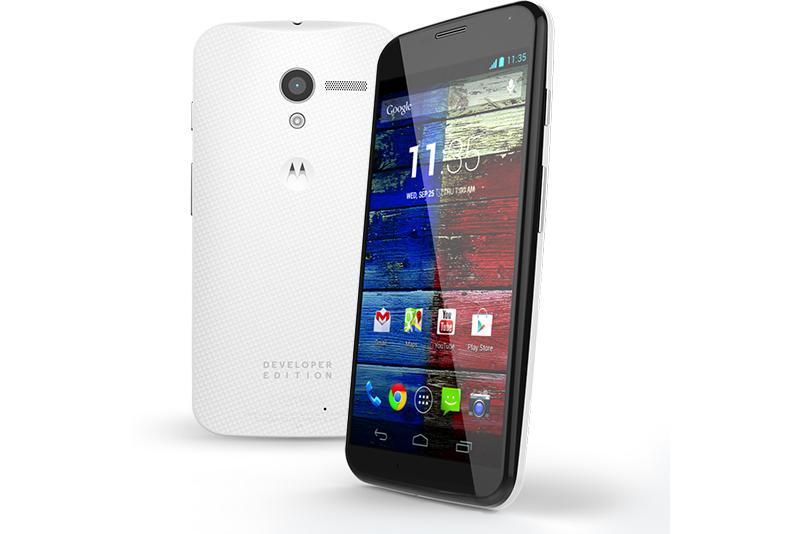
It doesn't seem like it was all that long ago (it really was, sadly) that when a new phone was being announced and launched, we could actually get excited about it. About that device. At the end of the unveil event we could go to our calends, circle a date, and call it good. We knew when we were buying our next phone, and it was a good feeling. Something to look forward to.
And then we started getting events that told us a lot about the phone, but not so much about the phone's pricing or phone's release date. So while, yes, the phone's specs and features are indeed important, some would argue that it's also just as important to know when the phone's going to be available for purchase, and for how much.
We still see those events. We've got Samsung's Galaxy Note III launch party right around the corner, and there's a good chance that they'll tell us plenty about the phone/tablet hybrid, but leave out when we can buy it and for how much. And while that may take some of the excitement out of it, we've also probably started to get accustomed to it. "Oh well," and shrug the shoulders kind of thing.
"It'll launch when it's ready."
Now, though, we're facing an entirely different reason to not be all that excited for a particular handset when it's finally announced. And it could potentially be the worst kind of situation, especially if you're someone like me and you feel the need to jump all over a new device as soon as it's available.
It's been a growing trend over the last couple of years, but now it has practically become the standard. We see a phone get announced, and then a few weeks later we see the same phone announced in a new color. Or maybe we see a "rugged" version of the phone announced and released. What's becoming more common, though, is new hardware with the same specs, but with one or two very key differences.
We're now seeing the rise of the Developer Edition and Google Play Edition handset.
Motorola's newest hero device, the Moto X, is the newest member of that particular family. They announced the original Moto X, with all of its customization (for AT&T subscribers) options, and showcased the other non-customizable options for the other carriers as well. For the devices launching on Sprint, T-Mobile and U.S. Cellular, you get an unlocked bootloader right out of the box. If you're on AT&T or Verizon, not so much.
So that's why the Developer Edition exists. It's for those who plan on picking up the Moto X, but can't do it on Sprint, T-Mobile or U.S. Cellular. Motorola knows you probably want to have unfettered access to your phone, so they get around the carriers by releasing Developer Edition-branded devices, with an unlocked bootloader for good measure.
The Developer Edition device gives you better access to your Android-based device, and that's great, but you have to be willing to pay for it, too. Just as we've seen with previous high-end launches of a Developer Edition device, the price tag probably won't drop. So that means the Developer Edition Moto X will cost around $600, just like its locked variant.
But, that's not even my point. I know that it's become standard practice now to start releasing variants of a previously announced device weeks or months later, but it's still frustrating to watch. At least with the Moto X we've known that the Developer Edition was coming since day one. As long as more companies do it like that, and announce everything, and all the different variants of a new handset, right at launch? Then they're at least handling it in the right way.
So, tell me, do you still plan on getting the Developer Edition-branded version of devices? Is an unlocked bootloader something you need in your daily driver? Or would you prefer a Google Play Edition of a handset? Let me know!